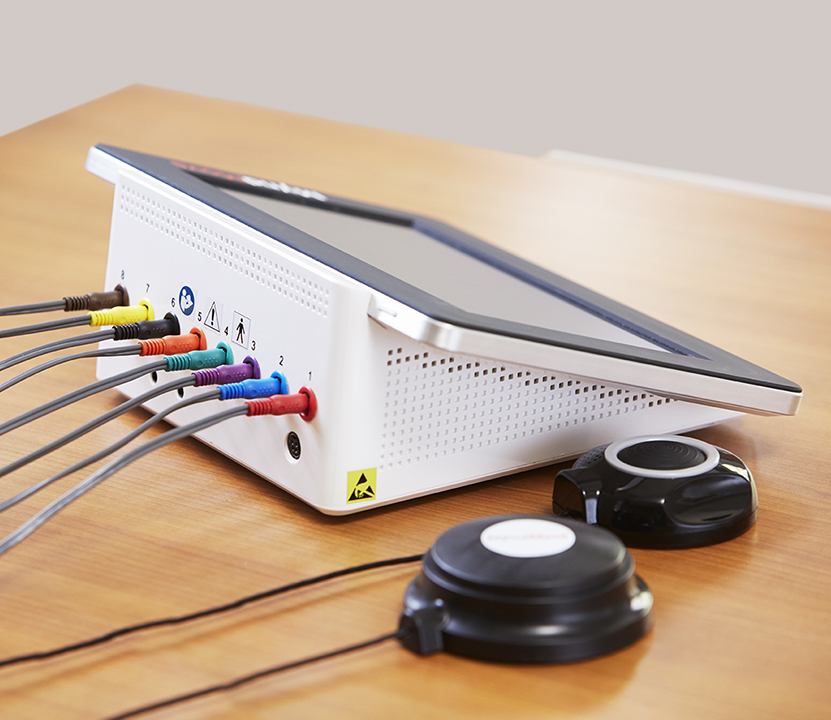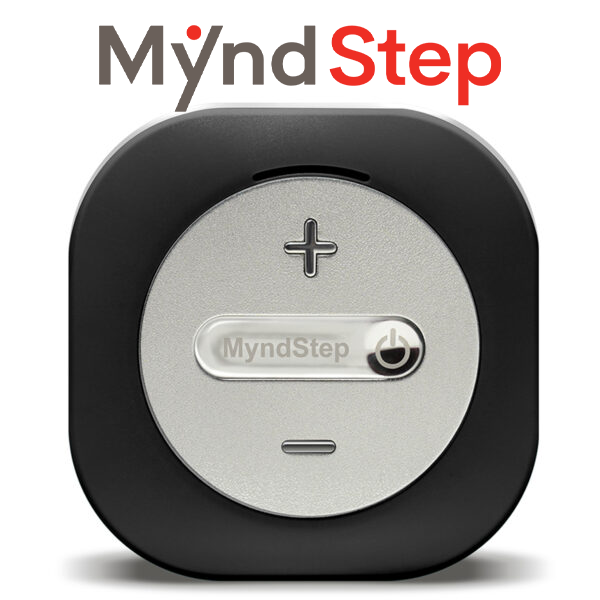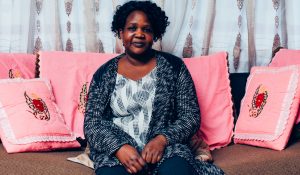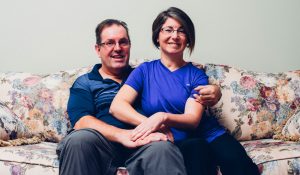Stroke
Stroke is a leading cause of serious long-term disability. A stroke occurs when something blocks blood supply to part of the brain or when a blood vessel in the brain bursts. In either case, parts of the brain become damaged or die. Every year, 795,000 people in the United States and 62,000 Canadians experience a stroke. Stroke reduces mobility in more than half of stroke survivors age 65 or over. Stroke related costs in the United States came to nearly $46 billion between 2014 and 2015. This total includes the cost of health care services, medicines to treat stroke, and missed days of work.
There are two types of stroke:
- An ischemic stroke occurs when blood clots or other particles block the blood vessels to the brain. Fatty deposits called plaque can also cause blockages by building up in the blood vessels. About 87% of all strokes are ischemic strokes.
- A hemorrhagic stroke occurs when a blood vessel bursts in the brain. Blood builds up and damages surrounding brain tissue.
Both types of stroke damage brain cells. Symptoms of that damage start to show in the parts of the body controlled by those brain cells.
What complications can a stroke cause?
Complications can vary according to the stroke type and if you are able to successfully receive treatment. Examples of complications include:
- Behavior changes: Having a stroke can contribute to depression or anxiety. You also may experience changes in your behavior, such as being more impulsive or more withdrawn from socializing with others.
- Speech difficulties: A stroke can impact areas of your brain having to do with speech and swallowing. As a result, you may have difficulty reading, writing, or understanding other people when they’re speaking.
- Numbness or pain: A stroke can cause numbness and decreased sensation in parts of your body. This can be painful. Sometimes injury to the brain can also affect your ability to sense temperature. This condition is known as central stroke pain and can be difficult to treat.
- Paralysis: Because of the way your brain works to direct movement, a stroke in the right side of your brain can affect movement on the left side of your body and vice-versa. Those who’ve had a stroke may not be able to use facial muscles or move an arm on one side.
Stroke is a leading cause of adult long term disability in North America. The majority of current physical and occupational therapy treatment options for individuals with hemiparesis or upper limb paralysis show some benefit for motor recovery, however current therapy modalities are most effective for individuals with mild paresis. These same challenges exist when treating individuals living with spinal cord injury. There is a need for more effective solution for rehabilitation techniques for individuals with moderate to severe hemiplegia and paralysis.
MyndMove™ is an innovative, non-invasive functional electrical stimulation (FES) based neurorehabilitation therapy that helps individuals with upper limb paralysis gain movement and function of their arm, hand and fingers after a neurological injury such as stroke or spinal cord injury.
Talk to your physician or therapist about the benefits of MyndMove™ therapy. A Clinician Brochure can assist with your conversation.
Contact Us to receive Clinician Brochure PDF

Clinician Brochure

Talk to your physician or therapist about the benefits of MyndMove™ therapy. A Clinician Brochure can assist with your conversation.
Contact Us to receive Clinician Brochure PDF








